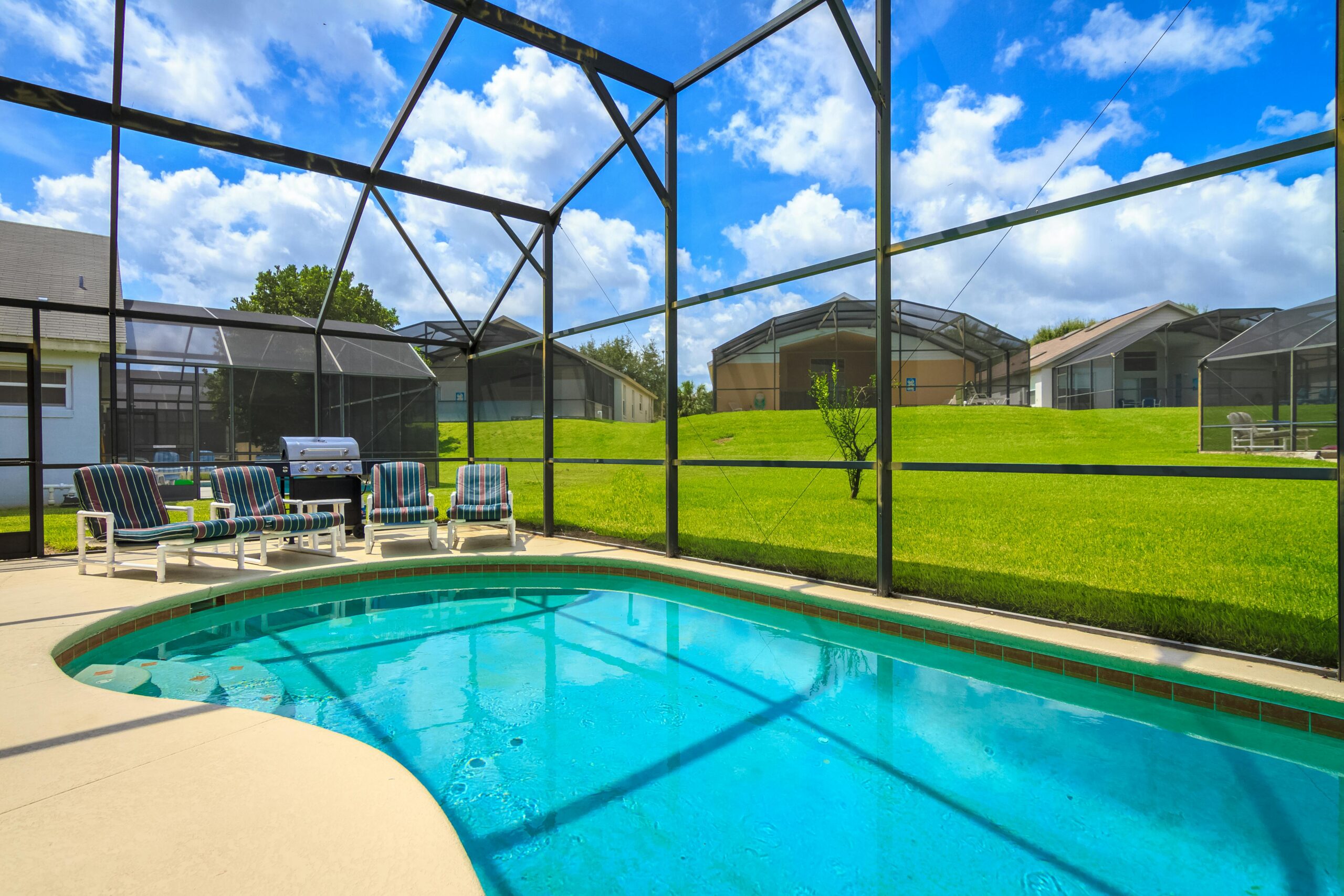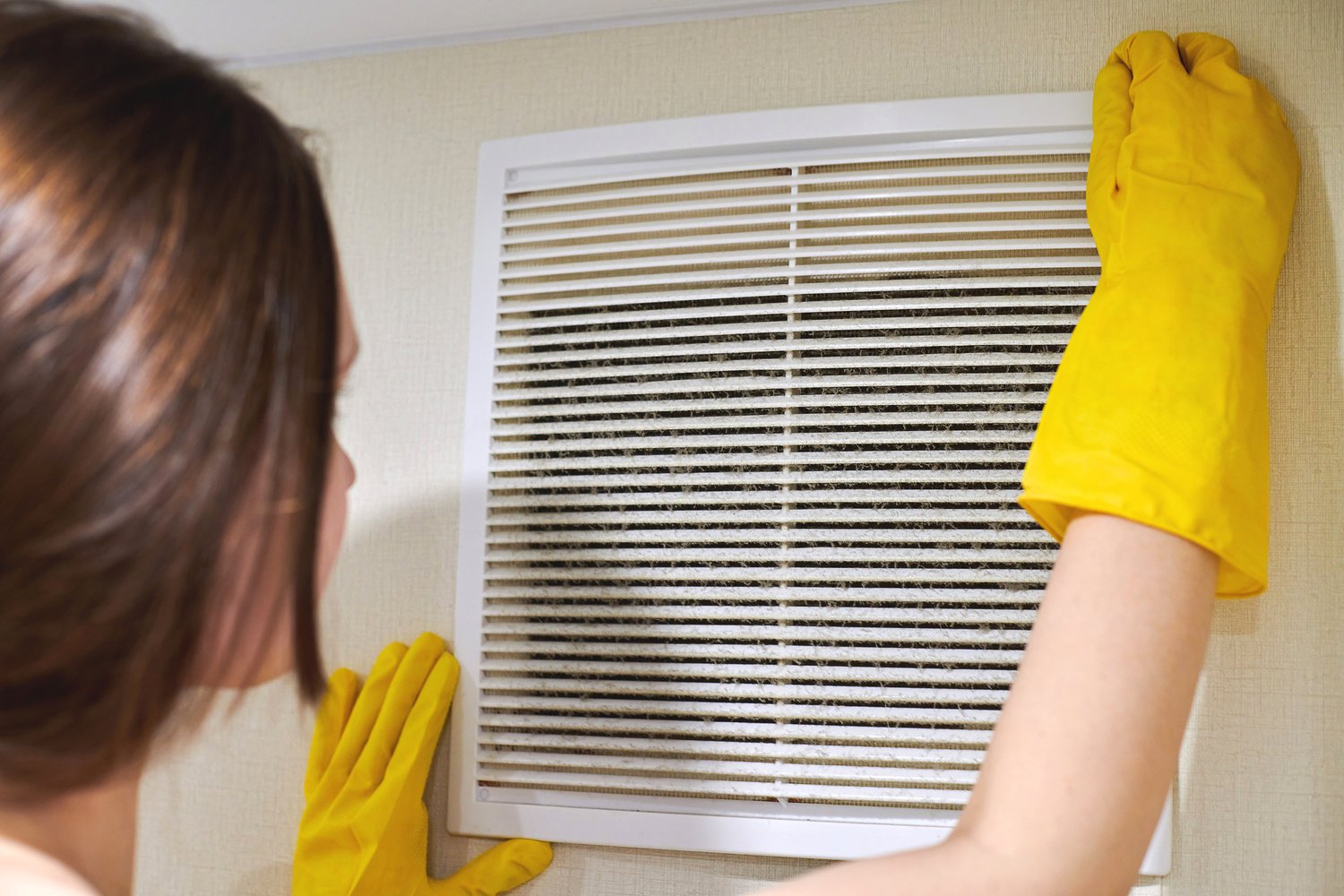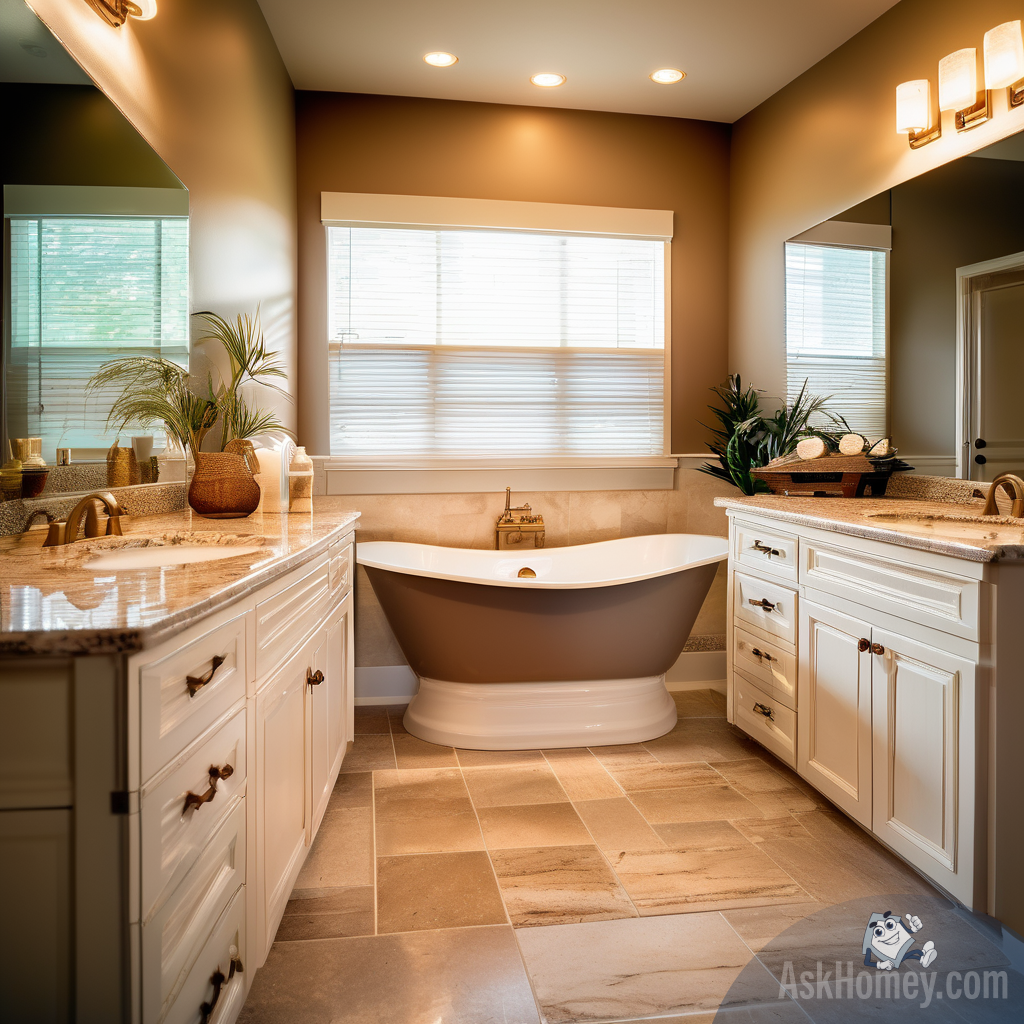Screen enclosures provide a wonderful way to enjoy the outdoors while keeping pesky insects at bay. Whether you have a pool cage, screened patio, or screen room, maintaining these structures is essential for their longevity and effectiveness. Over time, screens can tear, frames may bend, and tracks can get clogged with debris. This article will guide you through common screen enclosure repair DIY techniques, explain how to replace damaged patio screen panels, offer pool cage maintenance tips, and provide advice on screen door repair to keep bugs out of your outdoor living spaces.
Understanding Your Screen Enclosure System
Before diving into repairs, it’s important to understand the components of your screen enclosure. Most systems consist of an aluminum framework with screen mesh panels secured by rubber splines or gaskets. Screen doors typically have their own frame, spring mechanisms, and handles. The screening material itself comes in various types, including fiberglass, aluminum, and specialty pet-resistant or solar-blocking varieties. When addressing issues with your screen room to keep bugs out, identifying the specific components that need attention will help you tackle repairs more effectively and choose the right replacement materials.
Common Screen Damage and Simple Repairs
Small tears and holes are the most frequent issues affecting screen enclosures. These minor damages provide entry points for insects, defeating the purpose of your screened space. For small tears (under 3 inches), you can often perform a screen enclosure repair DIY project using patch kits available at hardware stores. These typically include adhesive-backed screen patches that can be cut to size and pressed over the damaged area. For slightly larger tears, specialized screen repair tape provides a quick, though less aesthetic, solution. Remember that patches are temporary fixes and eventually you may need to replace the entire panel for optimal protection and appearance.
Replacing Damaged Screen Panels
When tears are too large to patch or you have multiple damaged areas, replacing patio screen panels becomes necessary. This process requires some tools but is manageable for most homeowners. You’ll need a spline roller tool, new screen material (cut slightly larger than the panel), and replacement spline (the rubber cord that holds the screen in place). Begin by removing the damaged screen and old spline using a screwdriver or spline tool. Lay the new screen over the frame, ensuring it’s centered and smooth. Using the roller tool, press new spline into the groove around the frame’s perimeter, securing the screen as you go. Trim excess screen material with a utility knife once the spline is fully installed. This process prevents bugs from entering your screened area and restores the panel’s functionality.
Pool Cage Maintenance Tips
Pool enclosures, often called pool cages, face unique challenges due to constant exposure to chlorine, moisture, and intense sunlight. Regular pool cage maintenance tips include inspecting the aluminum framework for signs of corrosion or loose fasteners every few months. Use a mild detergent and soft brush to clean both the frame and screens at least twice annually, rinsing thoroughly afterward. Pay special attention to the base of support posts where corrosion often begins. For coastal areas, consider applying a protective coating to aluminum frames to prevent salt damage. Ensuring proper drainage around the enclosure’s base prevents standing water that can compromise structural integrity over time and create breeding grounds for mosquitoes.
Screen Door Repair Essentials
Screen doors are the most frequently used component of any enclosure, making them particularly prone to wear and tear. Common screen door repair issues include misalignment, damaged screens, broken springs, and worn sweeps or weatherstripping. For doors that don’t close properly, check and adjust the tension in the spring closure mechanism. Replace worn door sweeps to prevent gaps at the bottom that allow insects entry. If the door handle or latch is loose, tighten all screws or replace worn components. For sagging doors, adjust the hinges or consider adding a support cable at the top corner opposite the hinges. These repairs help maintain the door’s functionality while ensuring bugs stay outside where they belong.
Maintaining Tracks and Hardware
The tracks that guide sliding screen doors often collect dirt, leaves, and debris that impede smooth operation. Regular cleaning with a vacuum attachment followed by wiping with a damp cloth keeps these tracks functioning properly. Apply a silicone-based lubricant (never WD-40, which attracts dirt) to rollers and tracks for smoother operation. Inspect all hardware, including corner keys, fasteners, and connectors, tightening any loose components. When faced with particularly challenging screen enclosure issues, many homeowners turn to professional services like those found on AskHomey to ensure repairs are completed correctly the first time.
Preventative Maintenance Schedule
Establishing a regular maintenance schedule prevents minor issues from becoming major problems. Every spring, inspect the entire screen enclosure for tears, loose fasteners, or framework damage. Clean screens using a soft brush and mild soap solution to remove pollen, dust, and environmental residue. Trim back any vegetation touching the screens or framework to prevent damage. After severe weather events, conduct additional inspections for storm damage. By maintaining your pool cage or screen room regularly, you’ll extend its lifespan and continue to enjoy bug-free outdoor living throughout the seasons.
For more tips and to connect with reliable home service professionals, follow AskHomey on Facebook and Instagram.



